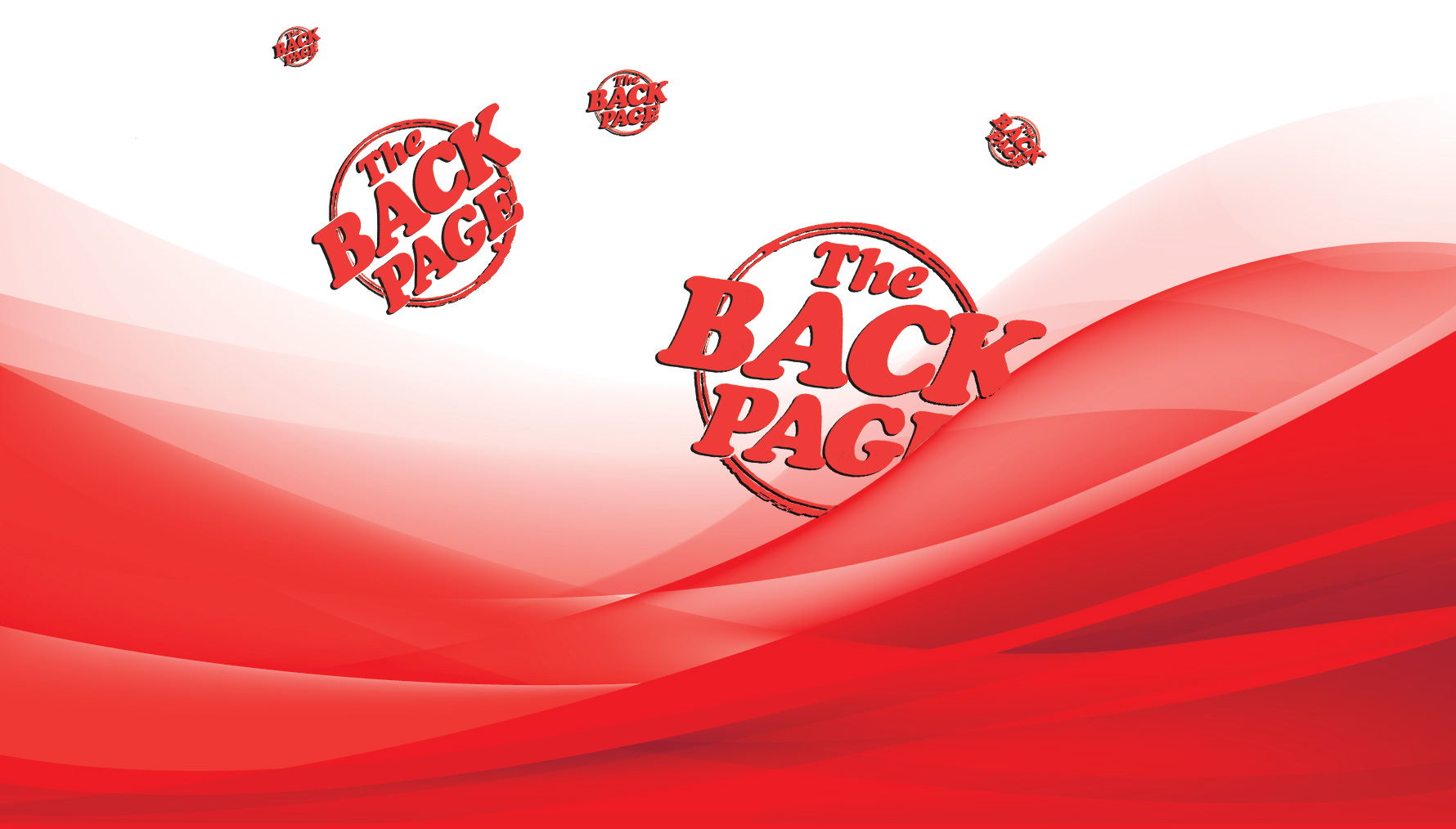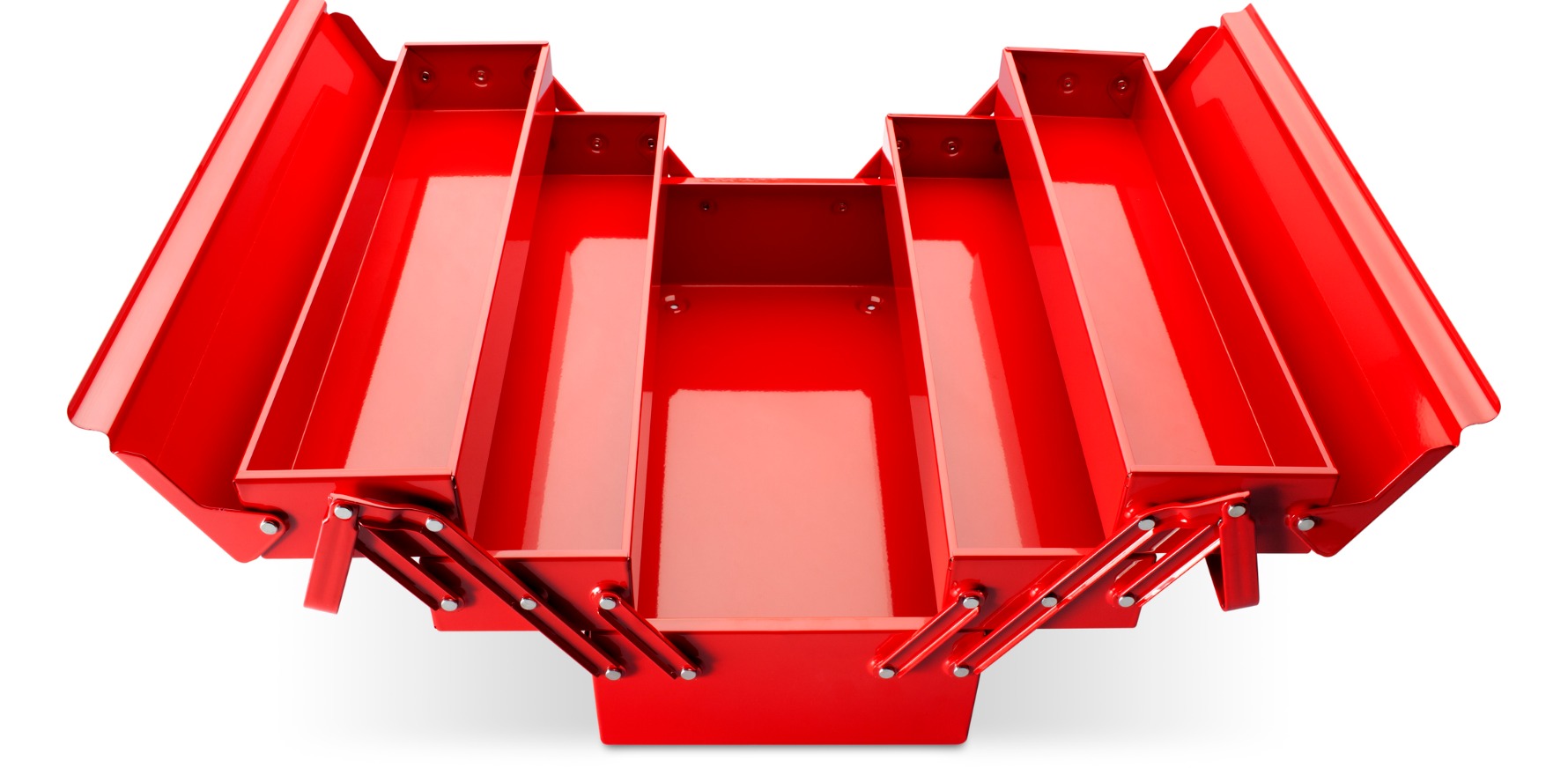The RACGP says a $200 MBS item to cover the costs of iron infusions in general practice could save the government tens of millions.
A new MBS item to subsidise iron infusions in general practice could save the government between $53 million and $124 million a year, according to the RACGP.
The call formed the basis of the college’s submission this month to the MBS Review Advisory Committee’s MBS Continuous Review.
Iron deficiency is Australia’s most common deficiency and can result in anaemia and hospitalisation if left untreated.
According to RACGP president Dr Nicole Higgins, a new Medicare item number for iron infusions is a “no-brainer” and would save the government and patients alike.
In its submission, the college calculated that administering iron infusions in general practice, compared to hospital treatment, could save the government between $750 and $1800 per person, depending on patient complexity.
According to Dr Higgins, in 2021-22 over 70,000 patients received same-day hospital treatment for severe iron deficiency in hospitals.
If these patients were instead treated by a GP, it would save the government up to $124 million a year, said the college.
Technological advances mean that many infusions that have previously been performed in hospitals could be safely performed in general practice, added Dr Higgins.
But while the technology is there, the lack of an MBS item number means that out-of-pocket fees can reach over $100 and are “out of reach for many people, particularly at a time of high cost-of-living pressures”, she said.
Related
“Many practices charge over $200 to administer [iron infusions] and whilst the practice can bill a standard consultation item, hence lowering the patient’s out-of-pocket costs by $41.10 or $80.10 depending on concessions, they cannot bill a longer item as nurse time cannot be included when billing these items.
“The monitoring time also impacts access to the consultation room for the GP to be able to see other patients, reducing overall patient load.”
Rather than pay out-of-pocket, some patients may opt to put their name on a waiting list for an infusion at a public hospital, added Dr Higgins.
But these can lead to delays of months and significant deteriorations in condition.
“These delays can cause patients to become severely anaemic and, as a result, they may then require hospitalisation,” said Dr Higgins.
“Keep in mind that hospital presentations of even minor or medium complexity cost the taxpayer $1118.50 to $2113.50 per presentation,” she added.
In its breakdown of the proposed $200 MBS item, the college outlined that $90 would be for GPs time – to calculate iron dosage, discuss the procedure and risks and document consent – and $50 for nurse time – for administration of the infusion and 30 minutes for observation in case of an allergic reaction.
The remaining $60 was calculated based on resource costs such as consumables for intravenous infusion, standard practice overheads and materials in the case of anaphylaxis.
According to Dr Higgins, the answer is right in front of our very eyes: a new Medicare number.
“The new item should be combined with dynamic public health messaging educating patients across Australia about the causes and symptoms of iron deficiency and nutritional information about how to boost iron levels in our diet,” she said.





